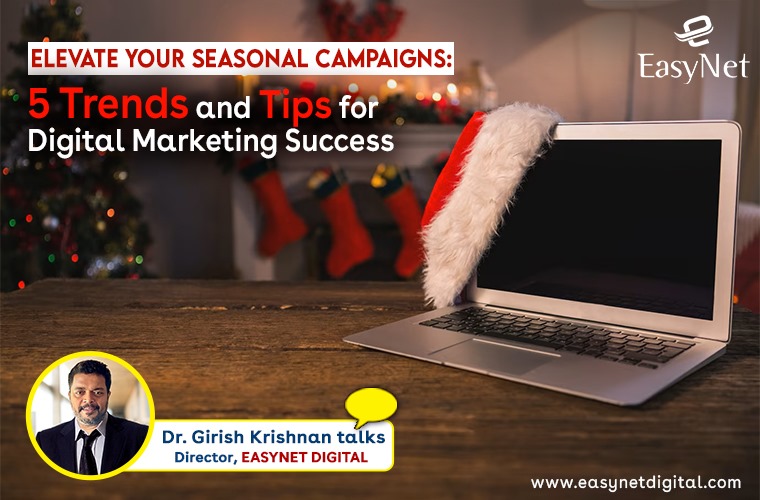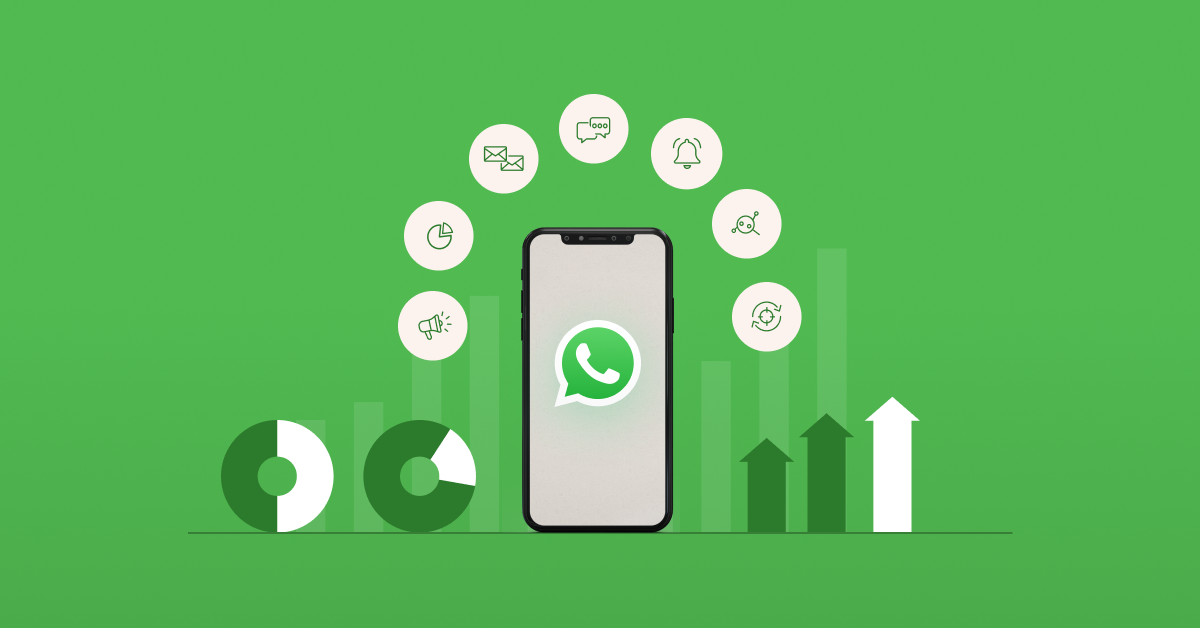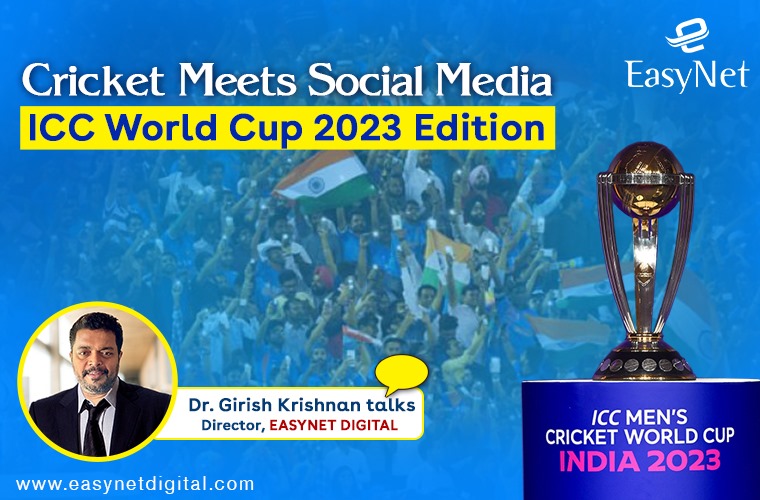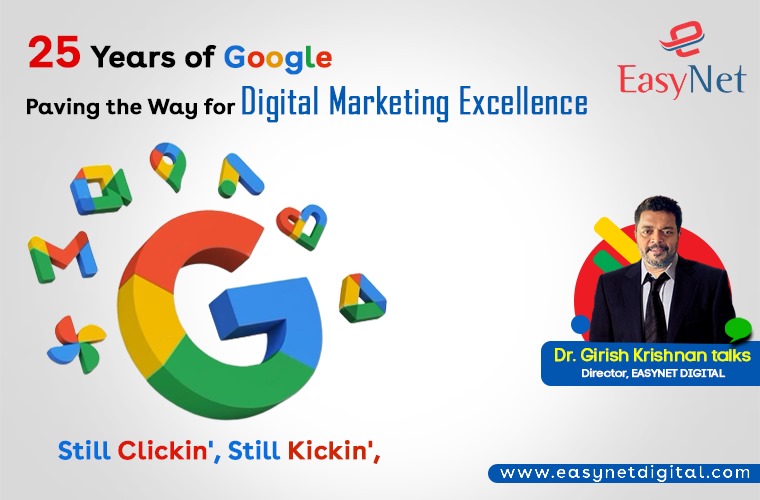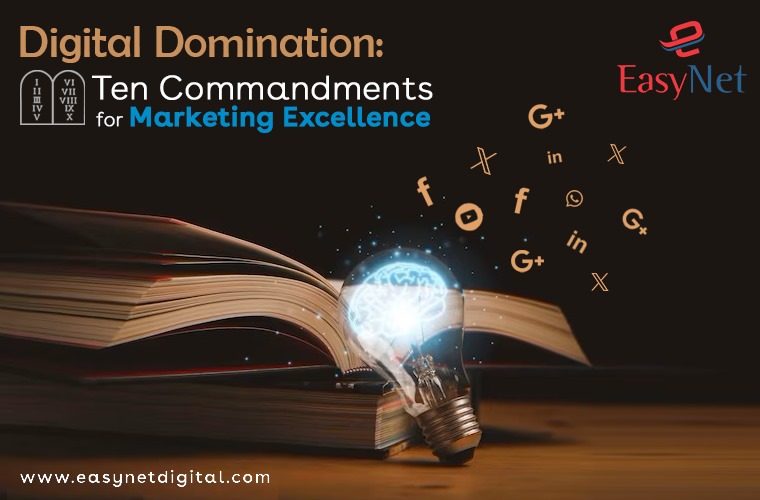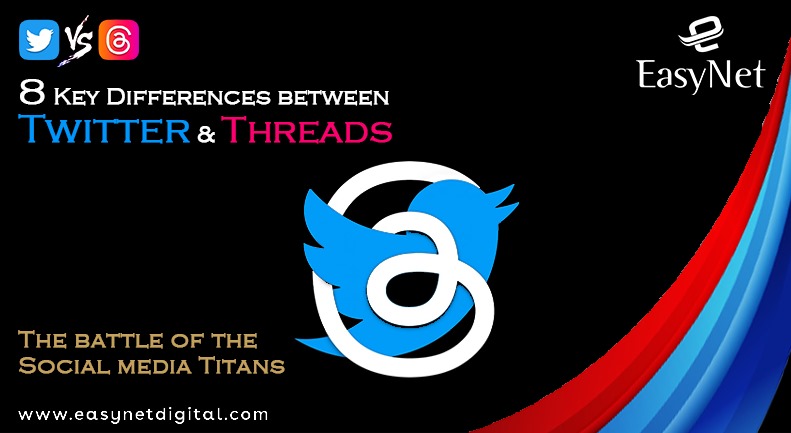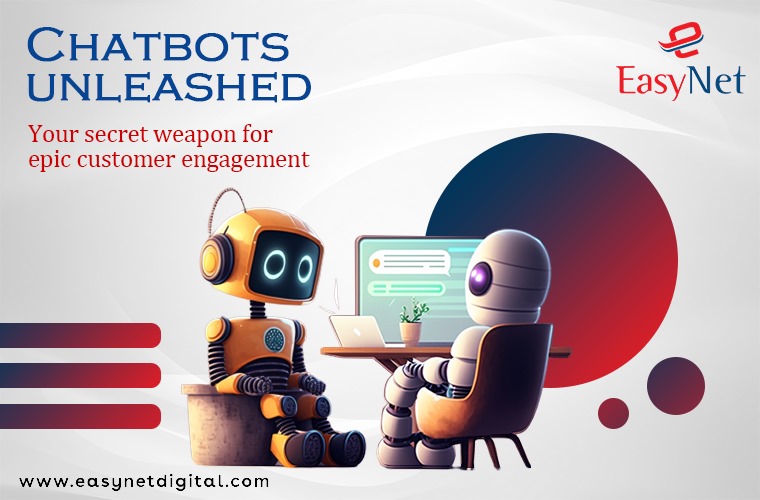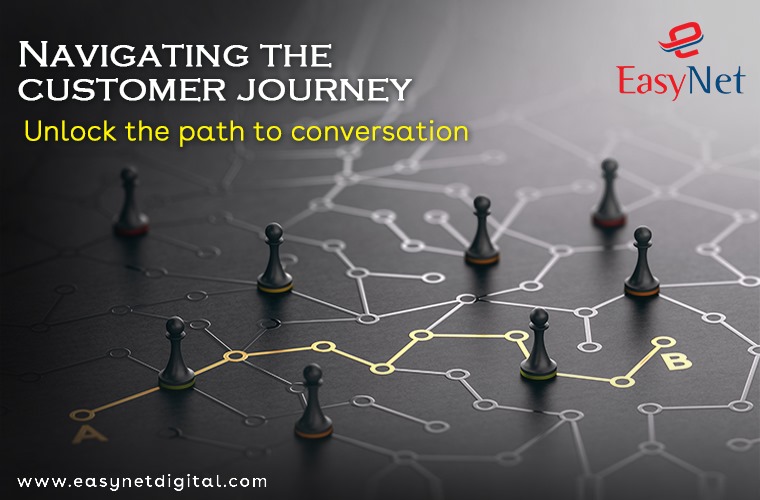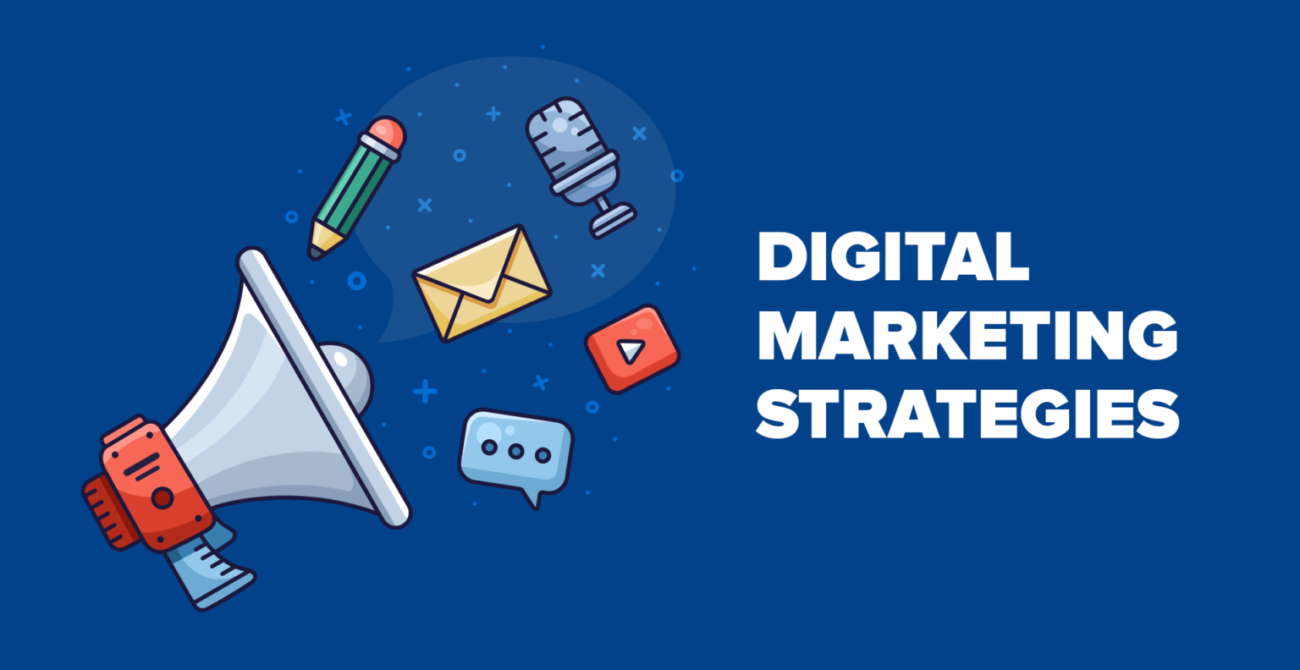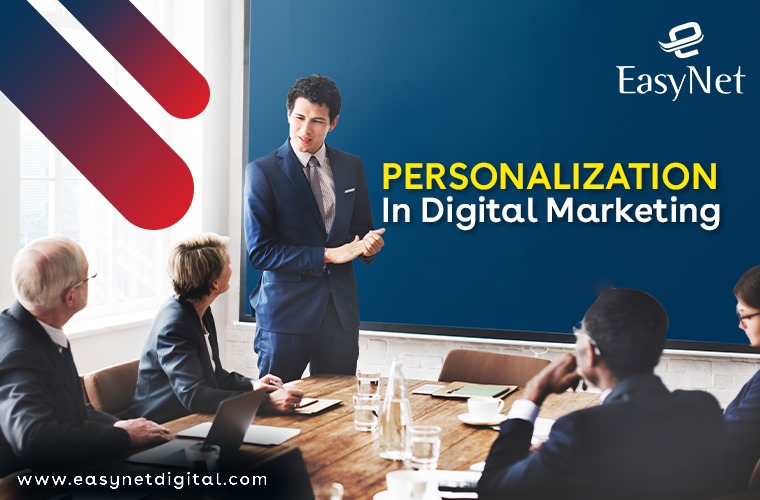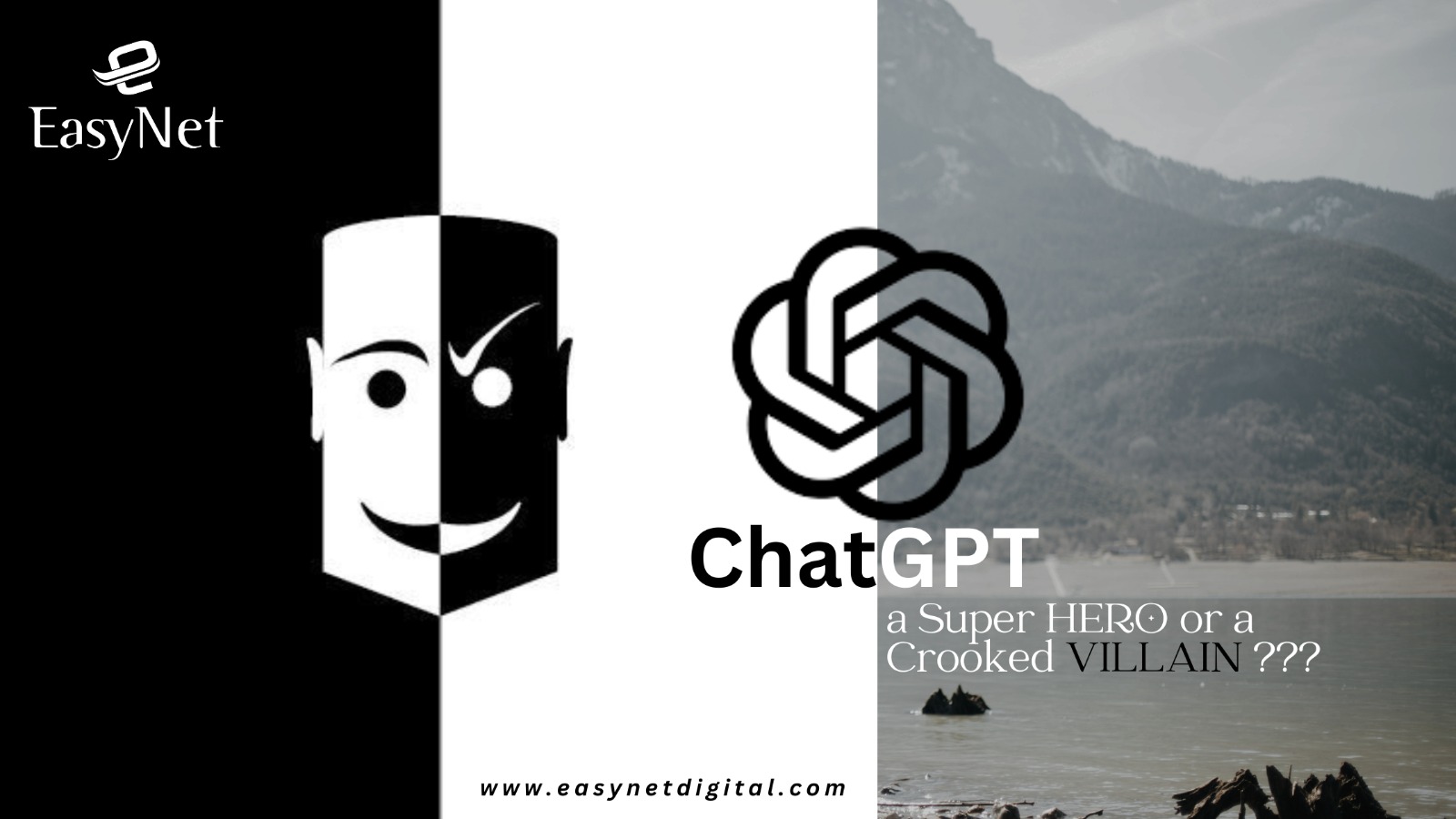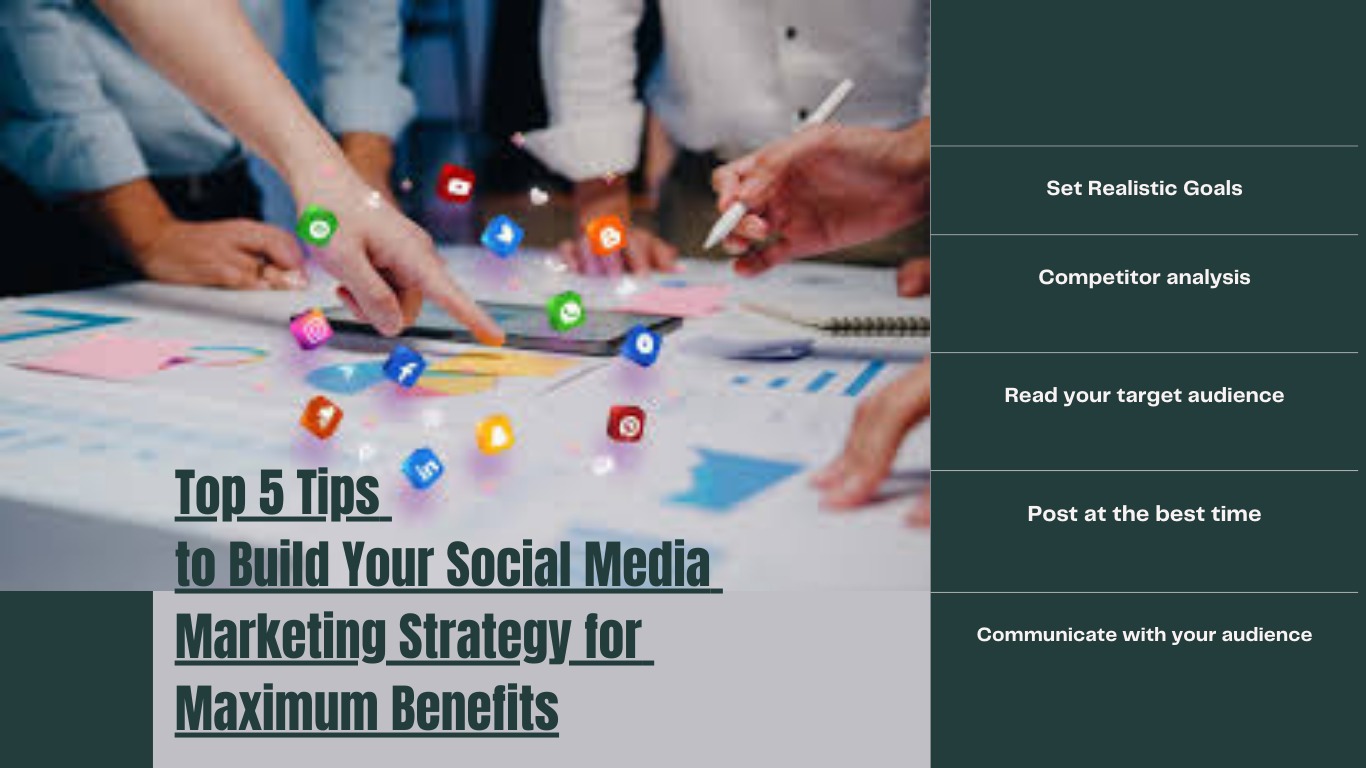Mastering Digital Marketing: Unveiling the Flywheel & Funnel Model
In the dynamic landscape of digital marketing, staying ahead of the curve requires not only a keen understanding of trends and strategies but also a solid framework to guide your efforts. Two such frameworks that have gained significant traction are the Flywheel and Funnel models. These models, while distinct in their approach, can synergistically work wonders for your digital marketing agency, propelling your brand towards success in the digital realm.
The Traditional Funnel Model
The marketing funnel, a long-standing concept, has been the go-to strategy for businesses aiming to convert potential customers into loyal brand advocates. The funnel model typically consists of four stages: Awareness, Interest, Decision, and Action (AIDA).
Awareness: This is the stage where you cast a wide net to attract potential customers. It involves increasing your brand’s visibility through various channels like social media, content marketing, and SEO. The goal is to capture the attention of individuals who might be interested in your product or service.
Interest: Once you’ve piqued the interest of your audience, you need to nurture it. Provide valuable content, engage with them on social media, and offer solutions to their pain points. This stage is about building trust and positioning your brand as an authority in your niche.
Decision: At this juncture, potential customers are evaluating their options. Your role is to present your product or service as the best solution to their problem. This involves showcasing unique selling points, providing case studies, and offering personalized recommendations.
Action: The final stage is where the conversion happens. Whether it’s making a purchase, signing up for a newsletter, or requesting a demo, the goal is to guide the customer towards taking the desired action.
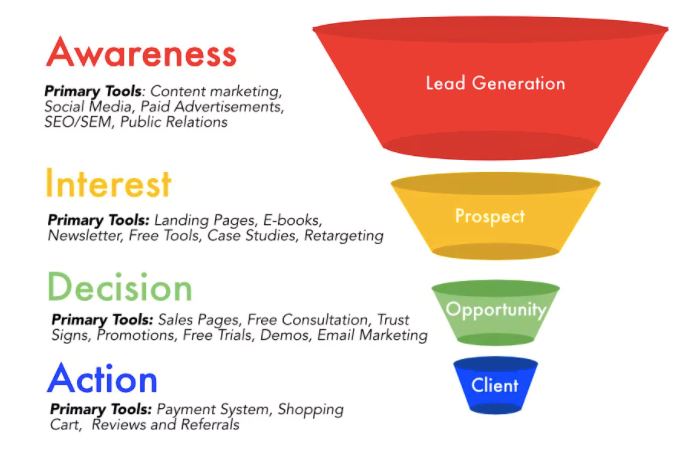
The Evolving Flywheel Model
In recent years, the traditional funnel model has faced criticism for its linear approach, which implies that the customer journey ends at the point of purchase. Enter the Flywheel model – a circular framework that emphasizes the continuous momentum of customer engagement, delight, and advocacy.
Attract: Similar to the awareness stage in the funnel model, the flywheel model emphasizes drawing in potential customers. However, the focus shifts to delivering value right from the start, building trust, and fostering positive interactions.
Engage: Instead of moving on to the next customer after a sale, the flywheel model encourages deepening the engagement with existing customers. This involves excellent customer service, personalized interactions, and ongoing communication.
Delight: Delighting customers becomes a pivotal phase in the flywheel model. Satisfied customers not only become repeat buyers but also advocates for your brand. Their positive experiences lead to word-of-mouth referrals, which can significantly impact your brand’s reputation.
Grow: As customers are continuously engaged and delighted, the flywheel gains momentum. Satisfied customers become promoters, driving new leads and potential customers into the attract phase of the flywheel once again, creating a self-sustaining cycle of growth.
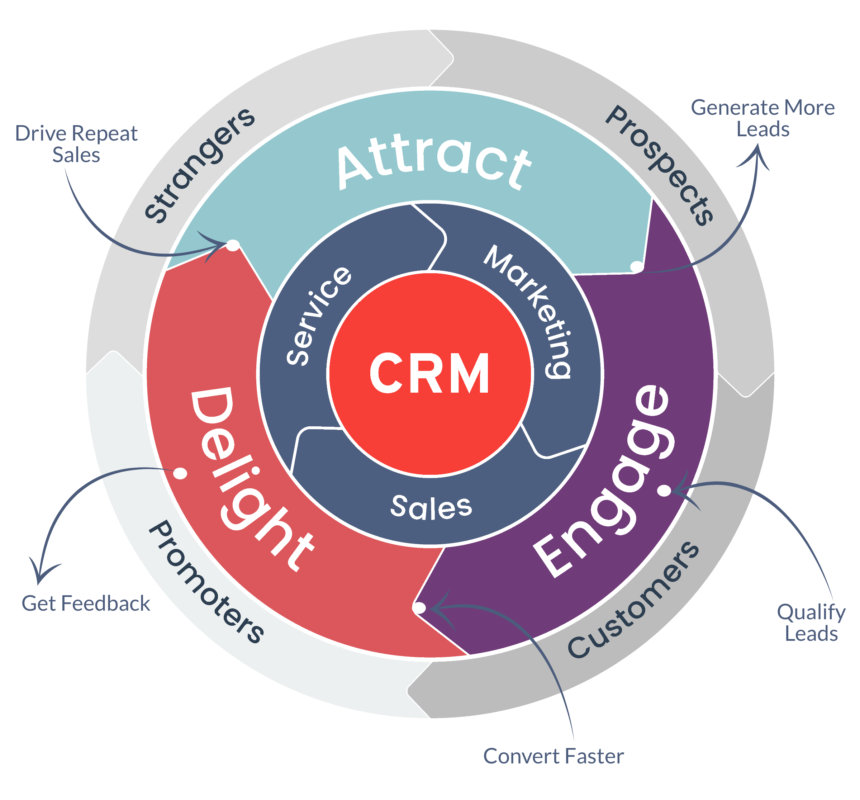
Synergy in Practice
The power of these models comes into play when they are used in tandem, leveraging the strengths of each to create a comprehensive marketing strategy. Here’s how a digital marketing agency can capitalize on the synergy between the flywheel and funnel models:
Integrated Content Strategy: Develop content that caters to various stages of both models. Create awareness through educational blog posts, engage through interactive webinars, and delight through insightful newsletters.
Lead Nurturing: Use the funnel model to nurture leads until conversion. Once converted, seamlessly transition them into the flywheel by consistently delivering value and maintaining engagement.
Customer-Centric Approach: The flywheel model’s emphasis on customer delight aligns perfectly with the funnel’s decision and action stages. Satisfied customers are more likely to become brand advocates, driving referrals and new leads into the funnel.
Continuous Improvement: Both models encourage data-driven decision-making. Monitor metrics at each stage of the funnel and flywheel, identifying bottlenecks and areas for improvement to ensure consistent growth.
In conclusion, the digital marketing landscape demands a holistic approach that acknowledges the complexity of customer journeys. The flywheel and funnel models provide the necessary framework to navigate this complexity, guiding your digital marketing agency towards success. By attracting, engaging, delighting, and growing, you can create a virtuous cycle that not only drives conversions but also fosters lasting customer relationships and brand loyalty. Embrace the power of these models, and watch as your agency soars to new heights in the world of digital marketing.
DR. Girish Krishnan
Director & Strategy Consultant.
Recent Posts
READY TO GROW YOUR BUSINESS?
Contact us to develop STRATEGIES FOR SUCCESS for your business growth.










